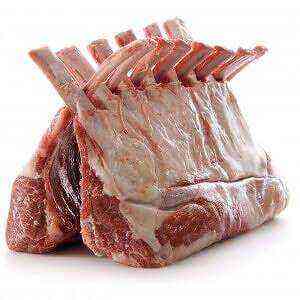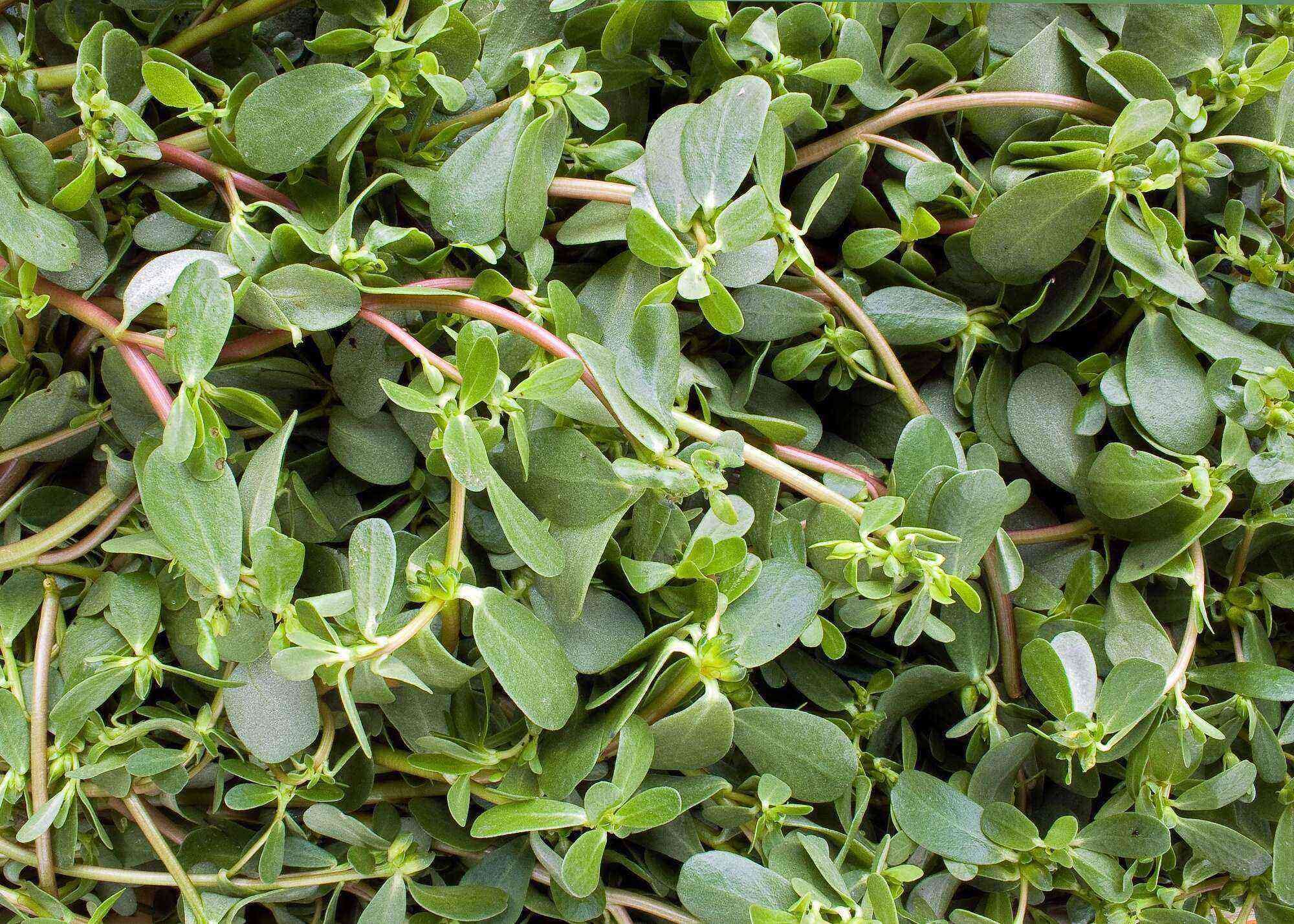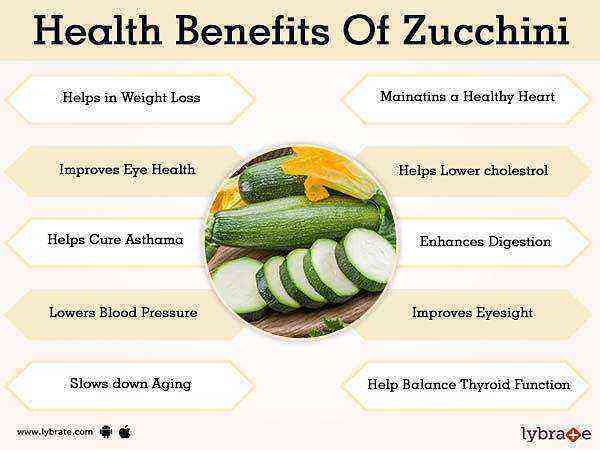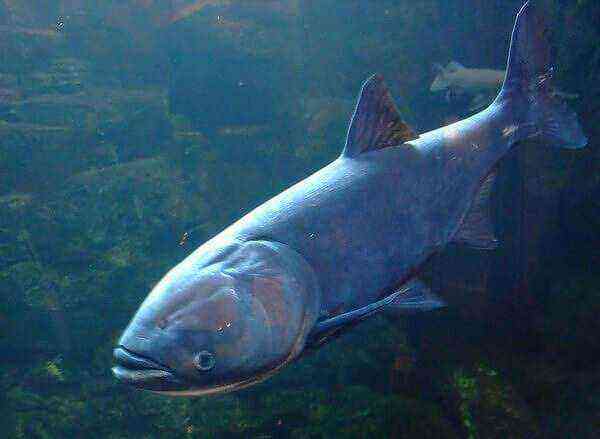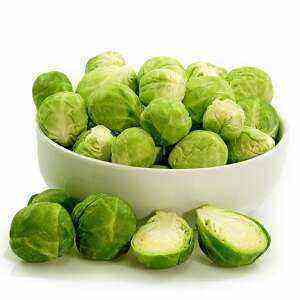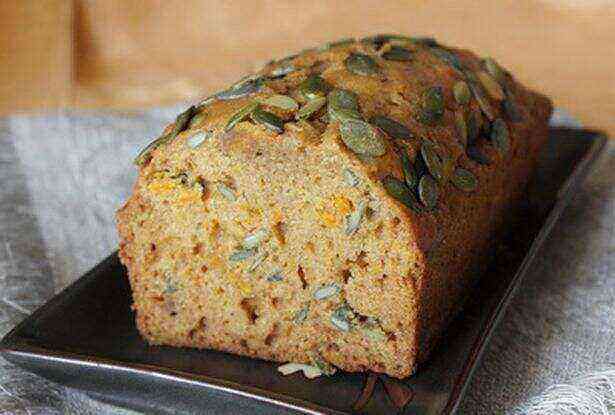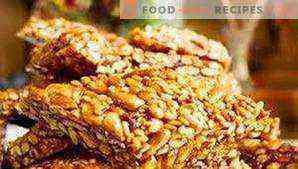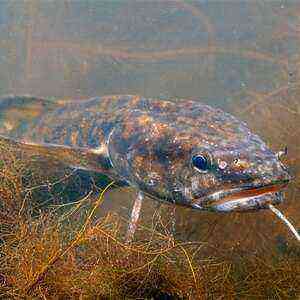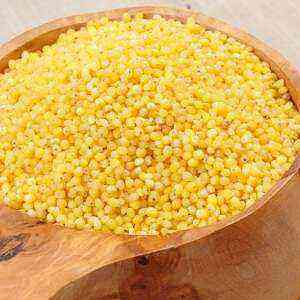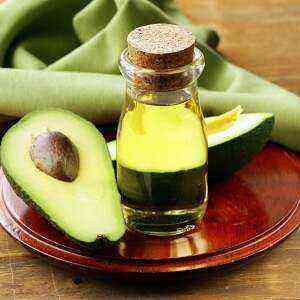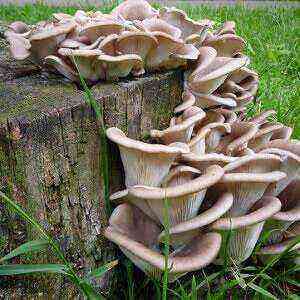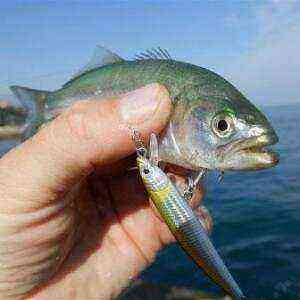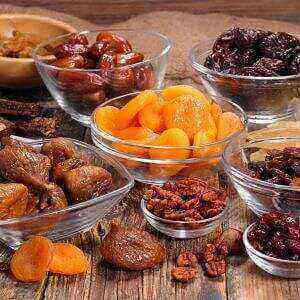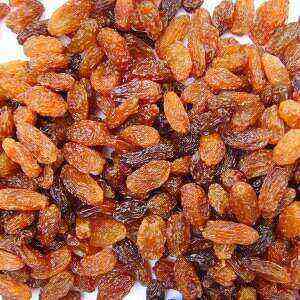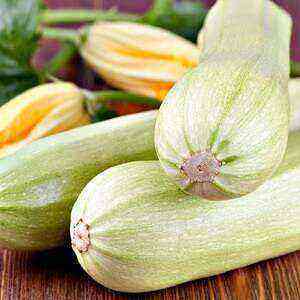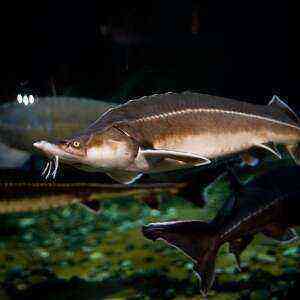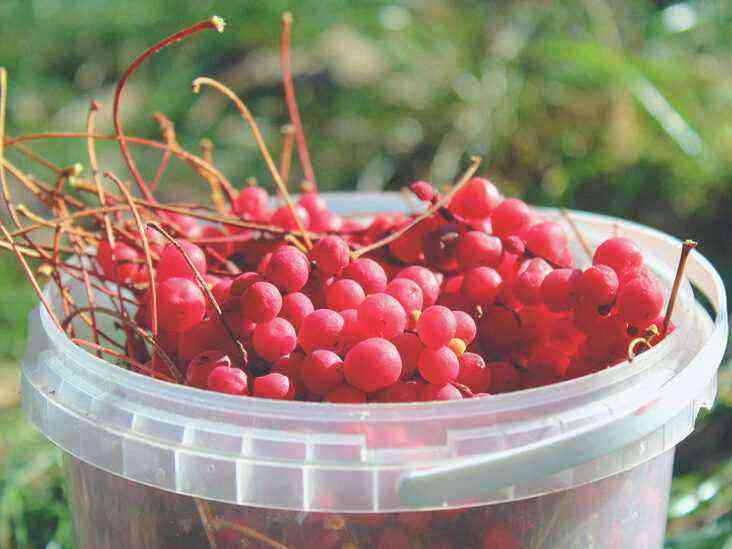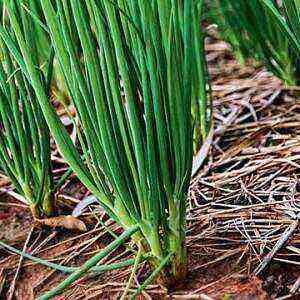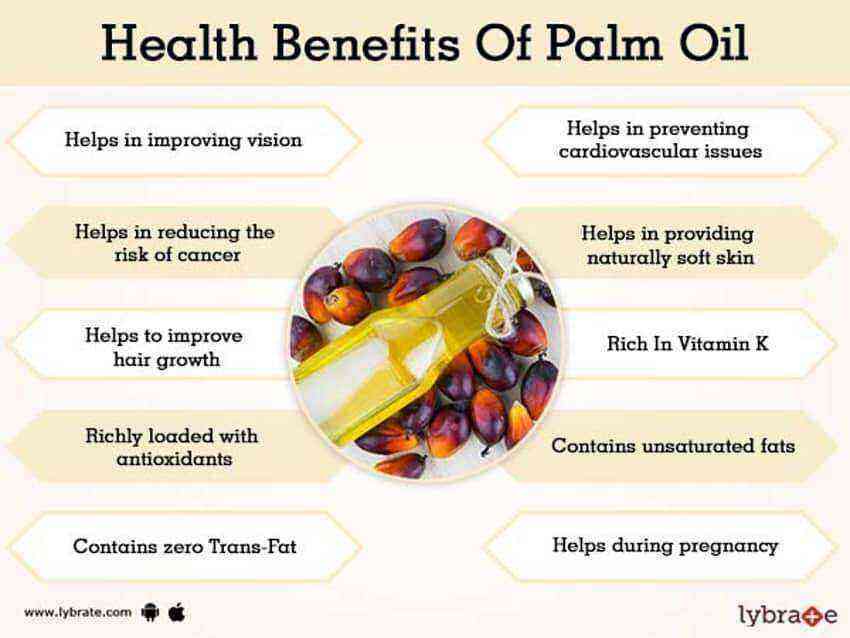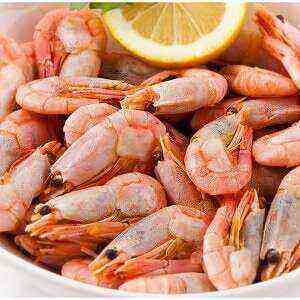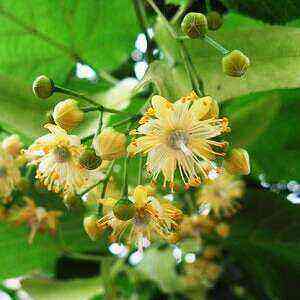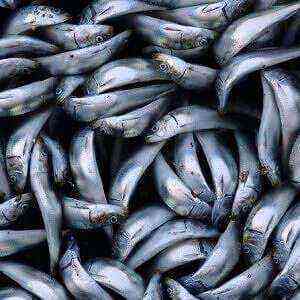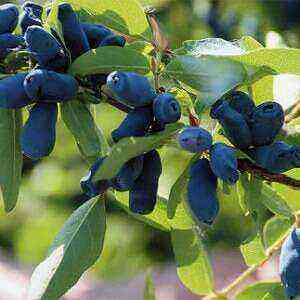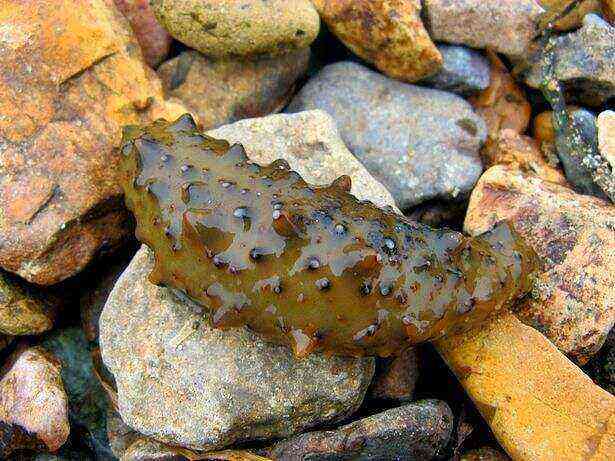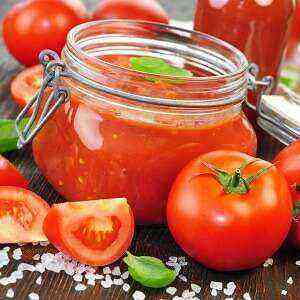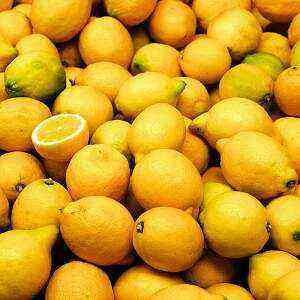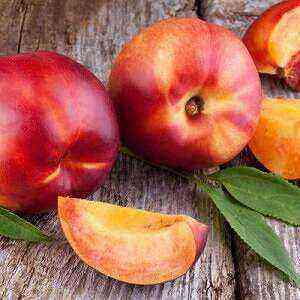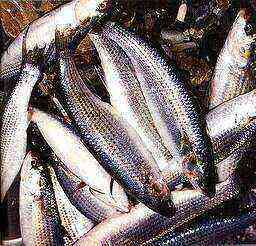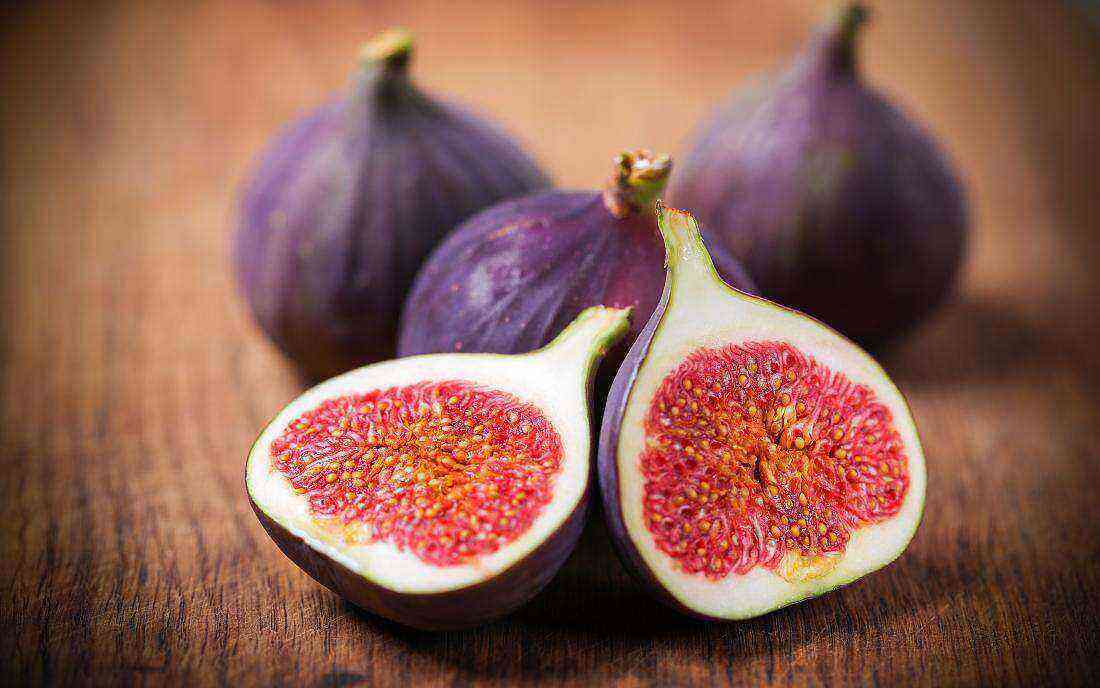 The trepang (holothurian) is a marine invertebrate animal belonging to the class of eeliferous mollusks. Habitat extends from the northern coast of the Kuril Islands and the waters of southern Sakhalin to the Central Region of the Republic of China (Hong Kong). The holothurians prefer protected from storms bay with silty shoals and stony placers. The people of these animals are called “sea cucumbers” or “pods”, because when irritated, they shrink, turning into a “pimply” ball.
The trepang (holothurian) is a marine invertebrate animal belonging to the class of eeliferous mollusks. Habitat extends from the northern coast of the Kuril Islands and the waters of southern Sakhalin to the Central Region of the Republic of China (Hong Kong). The holothurians prefer protected from storms bay with silty shoals and stony placers. The people of these animals are called “sea cucumbers” or “pods”, because when irritated, they shrink, turning into a “pimply” ball.
Trepang is a storehouse of useful substances containing a large amount of protein structures, organic acids and mineral salts. Due to the unique combination of nutrients, the product has a tonic, immuno-strengthening and bactericidal action on the body. In addition to the most valuable pharmacological properties, holothurian meat has a special piquant flavor (resembling a chord of sturgeon with a pronounced marine note). It is food qualities that distinguish this delicacy from a number of other seafood.
The structure of the trepang
Trepang – a unique inhabitant of the water world, looks like a huge shaggy caterpillar. The holothuria has an oblong oval body, on the ventral side of which there is a mouth with ambulacral legs (tentacles). With the help of these shoots, the animal captures and crushes the nutrient substrate (from the ground). The number of tentacles in the trepang varies from 10 to 30 pieces. The skin of the mollusk is covered with a large number of calcareous formations (spicules). In addition, on its dorsal surface there are soft cone-shaped outgrowths with white “spikes”.
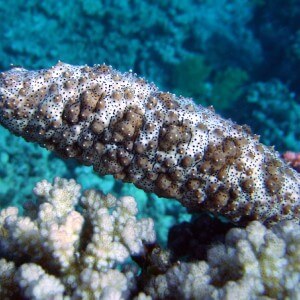 The color of the “egg capsule” varies from light gray to dark brown (depending on the habitat and the type of animal). So, on the silty ground there are “green” forms of trepangs, on the pebble or reef – “red”, and on the sandy (coastal) – “blue” (albinos).
The color of the “egg capsule” varies from light gray to dark brown (depending on the habitat and the type of animal). So, on the silty ground there are “green” forms of trepangs, on the pebble or reef – “red”, and on the sandy (coastal) – “blue” (albinos).
Standard parameters of the marine life: width – 3-4 cm, length – 13-15 cm, weight – 0,7-0,8 kg. Along with this, both very tiny individuals (0,5 cm in size) and giant representatives of the echinoderm family (exceeding 50 cm in length) are found in nature. The mass of small trepangs is 0,02-0,03 kg, and of large ones – 1,5-3 kg.
A distinctive feature of sea cucumbers is their ability to regenerate. If a sea cucumber is cut into three parts and thrown into the water, the lost part of the body (legs, needles, tentacles, internal organs) will recover in time. In addition, each segment of the animal is converted into a separate living organism. The duration of the recovery period is from 3 to 7 months. In addition, trepangs have an amazing property to change the elasticity of the walls of the body.
So, when life is threatened (from predators), their body becomes hard, and when there is a need to hide in hard-to-reach places, it becomes soft.
Features of behavior
Sea cucumber is a sedentary bottom animal sensitive to a decrease in the salt composition of water. Holothuria feels great in marine and oceanic environments, where the concentration of mineral residues (including sodium chloride) reaches 0,033 – 0,035 kg per 1 l. The least favorable for it are water bodies with an intermediate salinity level (0,02 kg per 1 l). With further desalination, the sea animal dies (due to irreversible changes in the body).
 According to the type of nutrition, trepangs are referred to collecting detritophages (animals that eat decaying biomaterials that settle on the ground). Together with phytoplankton, holothurians consume a large amount of sea sand (which is why their belly on 70% is filled with earth). After digesting the “feed”, the soil is naturally expelled out. Considering that sand is poor in nutrients, to satisfy its physiological needs, the mollusk must pass through enormous amounts of silt. For the year of life, trepang consumes 30-35 kg of marine soil. At the same time, in the spring period of the year its digestive activity is twice as high as in summer and autumn.
According to the type of nutrition, trepangs are referred to collecting detritophages (animals that eat decaying biomaterials that settle on the ground). Together with phytoplankton, holothurians consume a large amount of sea sand (which is why their belly on 70% is filled with earth). After digesting the “feed”, the soil is naturally expelled out. Considering that sand is poor in nutrients, to satisfy its physiological needs, the mollusk must pass through enormous amounts of silt. For the year of life, trepang consumes 30-35 kg of marine soil. At the same time, in the spring period of the year its digestive activity is twice as high as in summer and autumn.
To feed on holoturia, it is important to move a lot. To move the animal uses ambulacral legs that “work” in the “caterpillar” type. First, the trepang pulls up the posterior tentacles, firmly sticking them to the ground, then sends a wave of muscle contractions in front of it. After that, he tears off the middle leg from the sand, “throwing” the front part of the body forward. Interestingly, trepangs, unlike fish, are able to assess the concentration of food in different parts of the seabed (using sensitive receptors). If plankton “lies” in deep seams of soil, the mollusk gets to it, digging a hole. Poor food in areas of the bottom of the animals pass quickly, collecting nutrients from its surface layer.
Sea pods live in large colonies, forming “trepang fields”. Moreover, in calm weather, they massively crawl onto silty-sandy areas (adjacent to stone cliffs), and in stormy weather they hide on solid grounds in crevices of rocks and root thickets of algae.
Trepangs are resistant to fluctuations in temperature in reservoirs. They stand from minus 5 degrees to 28 degrees above zero. If it is frozen in ice, and then gradually thawed, it will survive.
The average life span of a sea cucumber is 10 years.
Reproduction
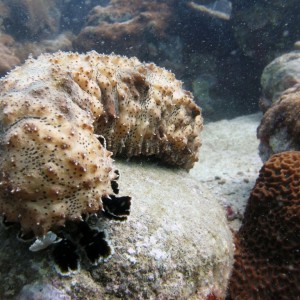 Trepangs, especially the Far Eastern ones, are highly fertile. In one spawning period, an individual can spawn 65-75 million eggs. These molluscs are dioecious, but it is difficult to distinguish them by their appearance. During the mating season, they form pairs, crawling to the near-water elevation (rock ledges, clumps of mussels, stone cliffs, algae rhizomes). After fertilization, holothurians attach their hind legs to the substrate. At the same time, they lift the front part of the body up, taking an S-shaped “spawning” position. The timing of reproduction directly depends on the habitat. Mating of mollusks living off the southern coast of Japan begins in May, in the Yellow Sea – in June, and in Peter the Great Bay – in July-August.
Trepangs, especially the Far Eastern ones, are highly fertile. In one spawning period, an individual can spawn 65-75 million eggs. These molluscs are dioecious, but it is difficult to distinguish them by their appearance. During the mating season, they form pairs, crawling to the near-water elevation (rock ledges, clumps of mussels, stone cliffs, algae rhizomes). After fertilization, holothurians attach their hind legs to the substrate. At the same time, they lift the front part of the body up, taking an S-shaped “spawning” position. The timing of reproduction directly depends on the habitat. Mating of mollusks living off the southern coast of Japan begins in May, in the Yellow Sea – in June, and in Peter the Great Bay – in July-August.
Duration of spawning is 1-3 of the day. After spawning, exhausted trepangs crawl into shelters and hibernate. In a state of “numbness” animals are 1-1,5 of the month. Then they leave shelters, starting to eat hard.
In larvae, after 3 weeks of plankton life, the rudiments of 5 tentacles appear around the mouth (pentactula stage). Thanks to these processes, they settle on the thalli of grasses and algae, turning into full-fledged fry. Young sea cucumbers usually have 3-4 outgrowths on the back and 5-6 legs on the abdomen. As the fry grows, the number of tentacles increases, and the body acquires a characteristic “worm-like” shape. By the end of the first year of life, trepangs reach a length of 4-5 cm, and by the end of the second summer – 13-15 cm. Puberty in young individuals occurs in the third year of life.
Chemical composition
Holothuria is a useful dietary product, in 100 grams of which contains 34 kilocalories.
However, despite the low energy indices, the sea cucumber has a high nutritional value (due to the high content of protein, bacterial components, micro and macro elements).
The concentration of proteins in the tissues of trepang varies from 8-10% of body weight. In this case, a large part of the composition of the protein fraction is occupied by collagen-like structures. These substances are characterized by a high concentration of free amino acids (glycine, proline, arginine, lysine, threonine, aspartic acid).
Table №2 “The content of vitamins and minerals in the tissues of holothurians”
Name
Nutrient content in 100 grams of product, milligrams
Vitamins
Ascorbic acid (C) 5,4 Tocopherol (E) 4,2 Folic acid (B9) 4,2 Niacin (B3) 1,4 Pyridoxine (B6) 0,07 Thiamine (B1) 0,02 Pantothenic acid (B5) 0,02 , 2 Riboflavin (B0,01) 0,0002 Biotin (H) XNUMX
Macronutrients
Калий
72,6
Сера
70
Магний
49
Кальций
48
Фосфор
20
Trace Elements
Железо
2
Кобальт
1,1
Цинк
0,18
Йод
0,07
Марганец
0,05
Бор
0,044
Медь
0,019
Хром
0,0004
In addition, triterpene saponins are present in trepang tissues (structural components of immunomodulators of plants: ginseng, eleutherococcus, lures). Due to these compounds, the mollusk meat has bactericidal, hemolytic, cytotoxic, antitumor and immunocorrective properties.
Due to the unique chemical composition, in China, sea cucumber is called “sea ginseng.”
The usefulness of the product
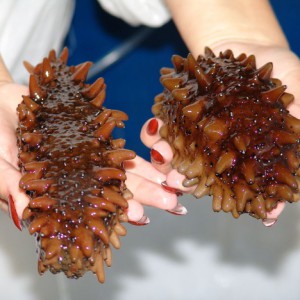 The healing properties of trepang are known to mankind from time immemorial. However, information on its medicinal value of the product penetrated Europe only at the end of the 16th century (from the culture of ancient China). Healers of Eastern medicine used clam extracts as a powerful stimulant and tonic. In addition, the imperial dynasties of China used the infusion of sea cucumber as a rejuvenating elixir (to extend the reign). Interestingly, in ancient times, such drugs were treated as miraculous sources of vitality.
The healing properties of trepang are known to mankind from time immemorial. However, information on its medicinal value of the product penetrated Europe only at the end of the 16th century (from the culture of ancient China). Healers of Eastern medicine used clam extracts as a powerful stimulant and tonic. In addition, the imperial dynasties of China used the infusion of sea cucumber as a rejuvenating elixir (to extend the reign). Interestingly, in ancient times, such drugs were treated as miraculous sources of vitality.
Currently, the medicinal value of trepang has been confirmed by numerous experimental and clinical studies. Considering that animal tissues contain more than 200 nutritional components, bioactive compositions and complexes are made on its basis. The main effects of such agents are stimulating, healing, antiviral, antioxidant, immunomodulating, hematopoietic, hypotensive. To heal the body, you can use both ready-made store mixes and drugs created at home.
Preparation of medicinal tincture (with honey):
- Clean the fresh carcass from the skin and viscera. If dried clam is used, it is pre-soaked in cold water for 10-12 hours.
- Cut the prepared meat in small pieces. If desired, you can use a meat grinder.
- Place crushed raw material in a glass or clay container.
- Pour the meat with natural honey (so that it covers the fillet), mix the mixture thoroughly.
- Insist in a dark, cool place for 1-1,5 months.
Properly prepared medicine has a dark rich color and thick consistency (heterogeneous).
How to take tincture of trepang?
For medicinal purposes, the mixture is consumed twice a day, 15 ml, 20 minutes before meals. The duration of therapy is 1 month. After three weeks, taking the drug is resumed (if necessary).
For preventive purposes, the composition is used in the fall before the cold season and in the spring to strengthen the immune system (5 ml three times a day). However, in the first week of therapy, the size of a single serving should not exceed 15 drops (due to the powerful stimulating effect). In addition, while taking trepang extract, it is important to control your heart rate and blood pressure. If necessary, a sedative is consumed at night (to relieve nervous excitement). Therefore, it is recommended to apply this composition in the first half of the day.
 Effects of using infusions of trepang (subject to the reception scheme):
Effects of using infusions of trepang (subject to the reception scheme):
- strengthens the immune system, enhances the body’s resistance to disease-causing agents;
- stabilizes blood pressure;
- normalizes lipid and cholesterol exchanges;
- increases visual acuity;
- stimulates the regeneration of damaged tissues;
- lowers blood sugar levels;
- stimulates male potency;
- improves the functioning of the thyroid gland;
- increases vitality;
- accelerates the removal of carcinogenic substances from the body;
- reduces the intensity of inflammatory processes (in the focus);
- improves psycho-emotional background;
- has antibacterial action;
- increases antitumor protection of the body, slows the growth of tumors.
Along with oral administration, trepang extract is used for the outer covers of the body. Namely, for the treatment of skin rashes, rinsing the mouth (after dental interventions), nasal instillations, lubricating the walls of the vagina.
Remember, extracts from trepang can not be used for hyperthyroidism and allergies to bee and marine products.
How to cook a delicacy?
Trepangs are great for all types of cooking: cooking, stewing, baking, pickling and salting. The muscular shell of the animal, freed from the skin and viscera, is used as food. On the basis of sea cucumber they prepare both independent snacks (cold and hot), as well as multi-component side dishes, marinades, gas stations and first courses. The meat of sea cucumbers is combined with all seafood, spicy sauces, onions, tomato paste, and vegetables.
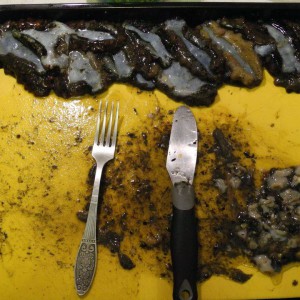 Holothuria goes on sale mainly in dried or frozen form. Consider how to cook mollusk.
Holothuria goes on sale mainly in dried or frozen form. Consider how to cook mollusk.
Preparatory stage:
- Rinse the carcass under running water (for washing coal powder).
- Soak the meat in fresh water for 24 hours. At the same time every 3-4 hour to change the water.
- Rinse the soaked carcasses, fill with new liquid, put on the stove.
- Boil the clam meat for 60 seconds on low heat, then remove from the heat, leave for broth (for 20 hours).
- Drain the waste fluid. Gut half-cooked carcasses.
- Rinse the cut product with cold water and then re-weld 60 seconds on low heat.
- Infuse the sea cucumber in the original 20 fluid hours (again).
If, after a two-day treatment cycle, the meat is tough (with an unpleasant iodine odor), the cooking process is repeated (for 3-7 days). After softening, the product is placed on 3 minutes in salted boiling water. The full cycle of processing dried sea cups takes from 2 to 7 days (depending on the degree of contamination).
When using frozen carcasses, they are pre-thawed on the top shelf of the refrigerator or in warm water (at a temperature of 10-15 degrees). Then the raw material is cut and washed under running water. After that, the product is boiled in several liquid shifts (3-6 times). This process is repeated until the broth stops turning black (due to the high iodine content). Each processing time must not exceed 5-8 minutes. After cooking, the meat is washed under cold water (until cooling), and then placed in the refrigerator. At the same time, they monitor the cleanliness of dishes, since the product deteriorates quickly when it comes in contact with fats.
The storage period of trepangs at temperatures from 0 to + 5 degrees is 3-4 of the day. To increase the shelf life (up to 2-x months), the prepared meat is placed in the freezer.
Canned holothurians are ready to eat without prior heat treatment.
Interestingly, pickled product can be used as an alternative to olives and mushrooms.
Recipes
Pea soup with sea cucumbers
 Ingredients:
Ingredients:
Algorithm cooking:
- Boil the sea cucumber in several shifts of water, cut into cubes.
- Fry seafood, carrots and parsley roots (on lard).
- Boil peas until half ready (20-30 minutes).
- Add to the broth roasted mixture, herbs, seasonings.
Serve pea soup with sour cream or spicy mustard sauce.
Sea cucumber marinade
Components:
- dried sea cucumbers – 50-60 grams;
- carrots – 600 grams (4-5 pieces);
- celery – 15 grams (3-4 sprigs);
- onion – 300 grams (2-3 pieces);
- tomato paste – 30 milliliters;
- water – 70 milliliters;
- little vegetable – 30 milliliters;
- apple cider vinegar – 15 milliliters;
- sugar – 5 gram;
- seasonings (bay leaf, sweet peas, salt, onions).
Preparation Scheme:
- Boil trepangs (after pre-soaking).
- Prepare the marinade. To do this, pre-peel the vegetables. Then the carrots are grated, the onions are cut into rings, the greens are chopped using a blender. Prepared vegetables are sautéed in vegetable oil until half cooked. Then the mixture is combined with tomato paste and stewed over low heat for another 5-10 minutes. After that, vinegar, water, sugar, seasonings and herbs are added to the frying. After boiling, the dressing is heated for 15 minutes.
- Add crushed trepangs to hot marinade. Stir the mixture over low heat for 5-10 minutes.
The dish can be served both cold and hot.
Roast of sea cucumbers with vegetables
 Ingredients:
Ingredients:
- sea cucumbers – 300 grams;
- vegetable oil – 45 milliliters;
- white cabbage – 400 grams;
- carrots – 200 gram;
- zucchini – 200 grams;
- potatoes – 300 grams;
- tomatoes – 200 grams;
- mayonnaise – 150 milliliters;
- cheese – 150 grams.
Preparation Scheme:
- Boil sea cucumbers in three changes of water (after daily soaking).
- Fry the sea cucumber in vegetable oil (for 5 minutes).
- Grind vegetables. Cut the cabbage into half rings, potatoes – “strips”, carrots and zucchini – into cubes. Grate the tomatoes.
- Fry the vegetable mixture over low heat (5 minutes).
- Cabbage, carrots, zucchini and potatoes combine with sea cucumbers, add salt and seasonings.
- Put the prepared mass on a baking sheet. Pour tomato sauce.
- Bake the dish in the oven for 20 minutes (at a temperature of 180 degrees).
- Sprinkle cheese on the half-cooked dish and coat with mayonnaise (for 10 minutes until tender).
Roast served with tomato juice and pickled mushrooms.
Conclusion
Trepang is a valuable echinoderm mollusk that lives in the coastal waters of the Japan, Yellow and East China Seas. The tissues of this animal contain a large amount of bioactive substances: protein structures, triterpene saponins, minerals, vitamins, organic acids. Due to the unique combination of nutrients, sea cucumber meat is used to slow down the natural aging processes, reduce irritability, accelerate the regeneration of damaged tissues, and increase vitality. Along with this, seafood provides invaluable support for the thyroid gland, brain, reproductive organs, cardiovascular system. To obtain a pronounced therapeutic effect, an extract or extract is prepared from a fresh shellfish (you can use ready-made tinctures).
Preparations based on trepang should be used with reduced immunity, vitamin deficiencies, adhesive processes, chronic fatigue syndrome, purulent wounds, rheumatoid arthritis, impotence, mastitis. In addition to the medicinal and nutritional properties of the meat, “egg” has an exquisite fish and shrimp flavor. In view of this, it is actively used in cooking (especially in the countries of East Asia). It is excellent for all types of food processing: roasting, frying, boiling, drying, salting, preserving and marinating. Soups, hodgepodge, side dishes, salads, pie fillings, sauces, pickles are made from echinoderms. The product requires pre-treatment: soaking for 24 hours in cold water, boiling in several liquid shifts (with 12-hour settling). Store in the refrigerator (no more than 2 days) or in the freezer (1,5-2 of the month).
Sources of
- Pertseva AD – Biologically active substances of the Far Eastern sea cucumber. – 2013
